
- Home
- Photography Tours
- Diary / Blog
- Galleries
- Foreign Trips
- Tasmania 2016
- NE Queensland 2016
- Western Alps 2016
- NE Spain 2016
- Australia's Wet Tropics 2015
- Australia's Top End 2015
- SW Australia 2015
- Switzerland 2015
- Andalucia 2015
- Belize 2015
- Australia 2014
- Switzerland 2014
- Belize 2014
- Bahama Islands 2014
- Switzerland 2013
- Ecuador 2012-2013
- Florida 2011-2012
- Vancouver Island 2011
- Australia 2010
- Peru 2008
- Bulgaria 2007
- Lesvos 2006
- California 2006
- New Zealand 2005
- Extremadura 2005
- Goa, India 2004
- The Gambia 2003
- About
October 2015
The "Top End" of Australia
Part 10: Litchfield National Park
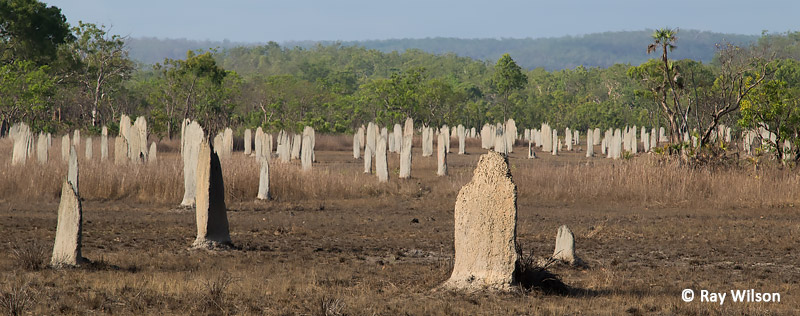
Magnetic Termite (Amitermes meridionalis) mounds
I didn't find Litchfield NP to be all that great for bird photography, but the reason for me making the detour through here on my way back to Darwin was the chance to see the spectacular magnetic termite mounds that are present in the park.
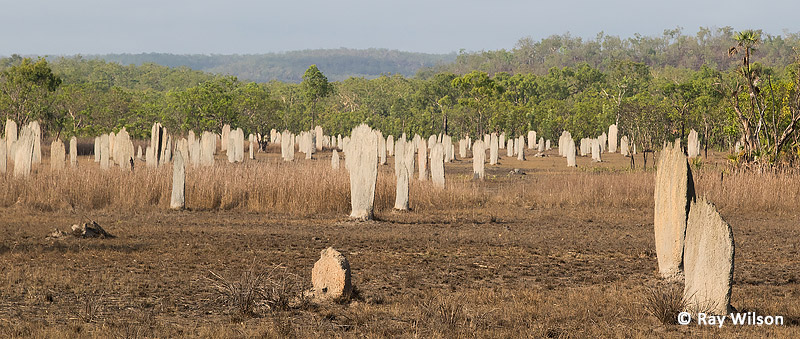
Magnetic Termite (Amitermes meridionalis) mounds
One of the most intriguing aspects of the nests of this species is the uniformity of their placement and their flattened, gravestone-like shape. All of the mounds are perfectly aligned along a north-south axis and experimental evidence has shown that the main reason for this is to optimise heat regulation and gas exchange to the breeding chambers inside the mound.
In the morning the sun shines fully on the eastern face of the mound with the western face completely in the shade, generating a temperature difference of up to 8°C between the east and west surfaces. The reverse occurs in the afternoon. At midday, when the sun is at its hottest, only the narrow upper edge of the mound is in direct sunlight so that the minimum amount of heat possible is absorbed by the mound. The termites, being soft-bodied and prone to dehydration, tend to keep to the cooler parts of the nest and migrate between the west and east faces as the temperature changes throughout the day.
During the wet season the permeability of the mound walls in relation to gas exchange is greatly reduced due to higher moisture levels. The narrow structure of the mound helps in this regard since the high surface to volume ration of the mound increases the area over which gas exchange can occur.

Magnetic Termite (Amitermes meridionalis) mounds
Another species of termite, the Cathedral Termite, also occurs throughout the Top End and is responsible for making the enormous, irregular towers that can be seen almost everywhere that has dry savanah country and open woodlands. These nests can reach over 6m tall!
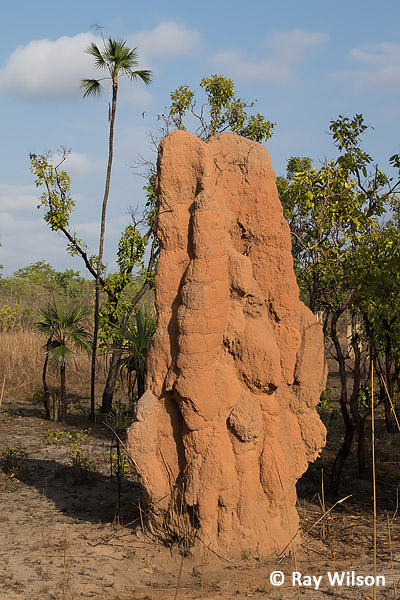 Cathedral Termite (Nasutitermes triodiae) mound |
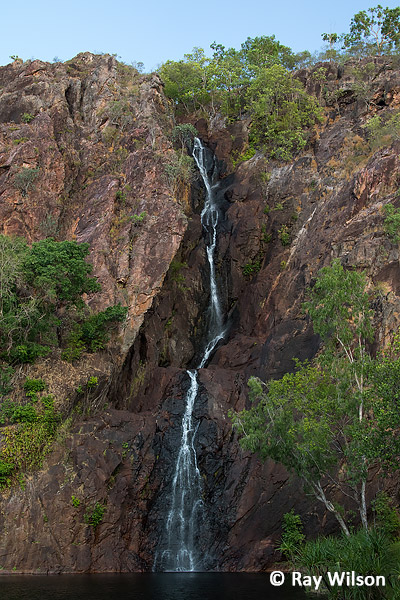 Wangi Falls |
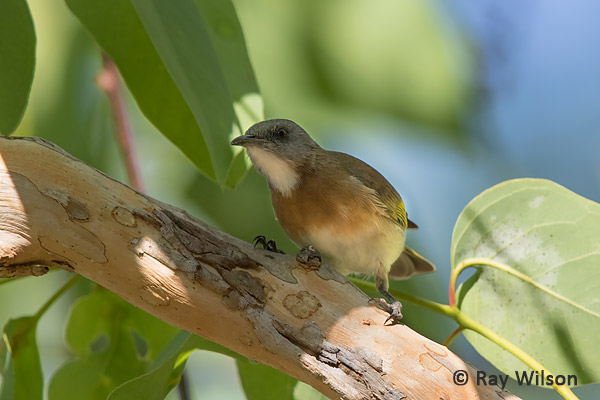
Rufous-banded Honeyeater (Conopophila albogularis)
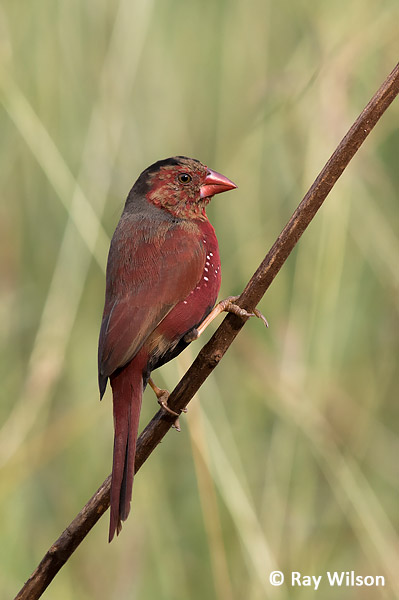
Crimson Finch (Neochmia phaeton)
Ray Wilson owns the copyright of all images on this site.
They may not be used or copied in any form without prior written permission.
raywilsonphotography@googlemail.com